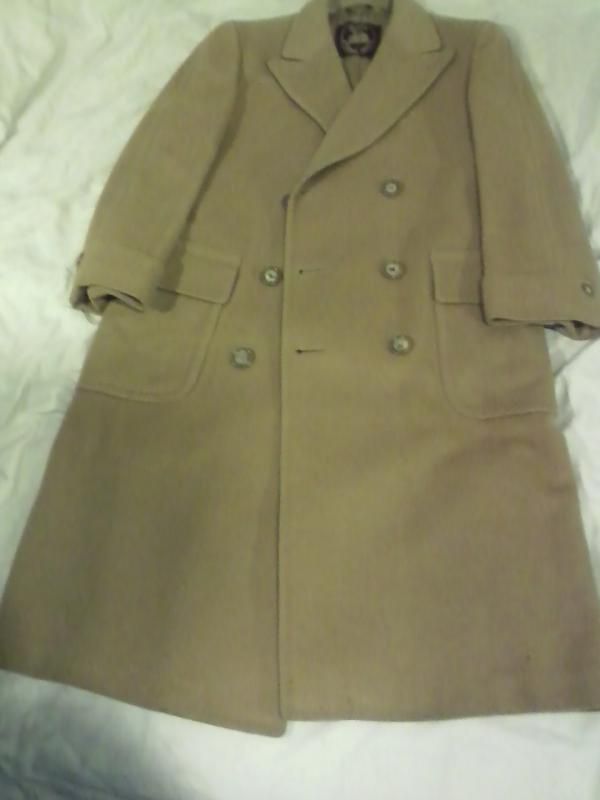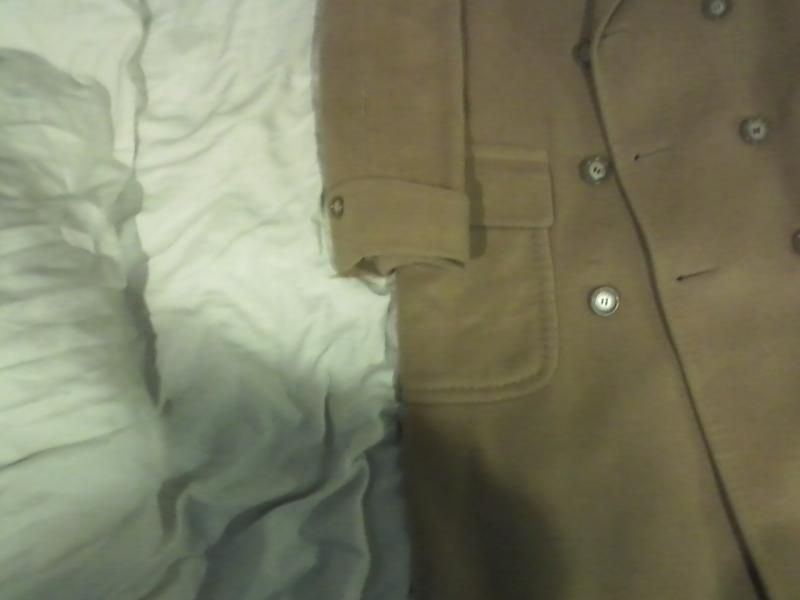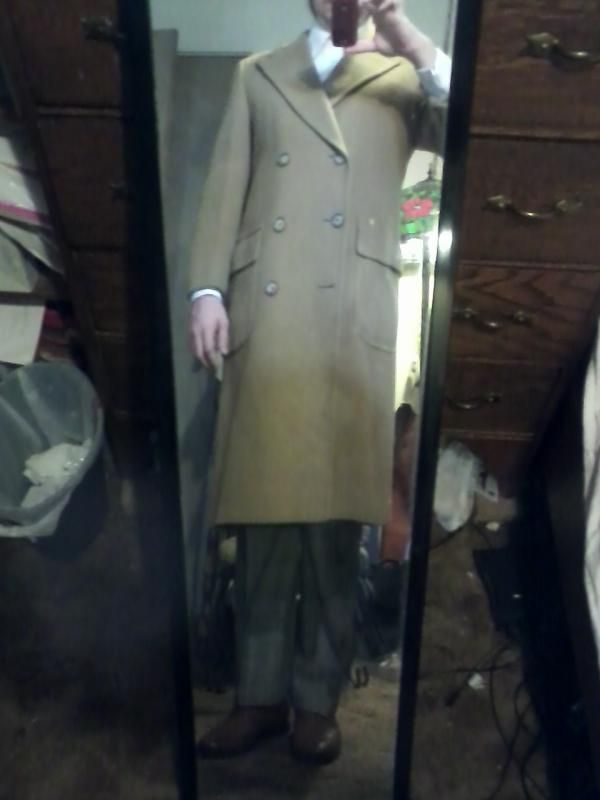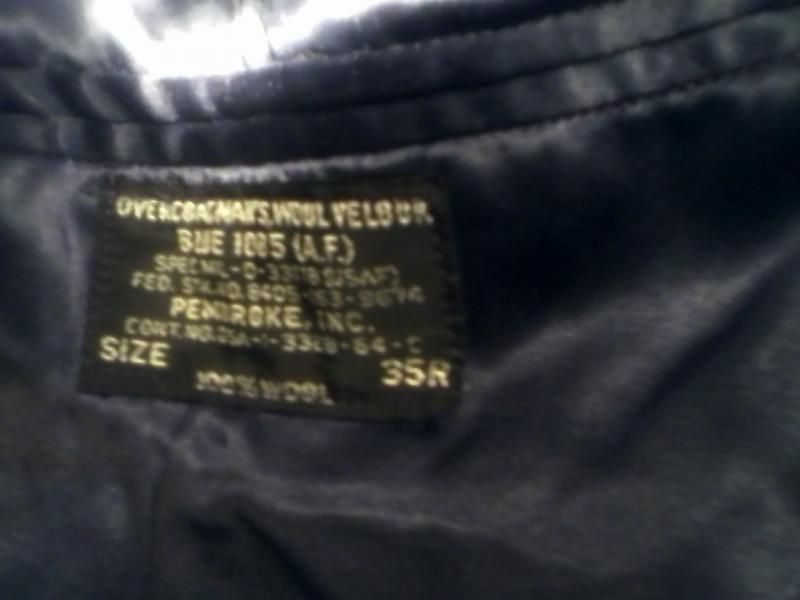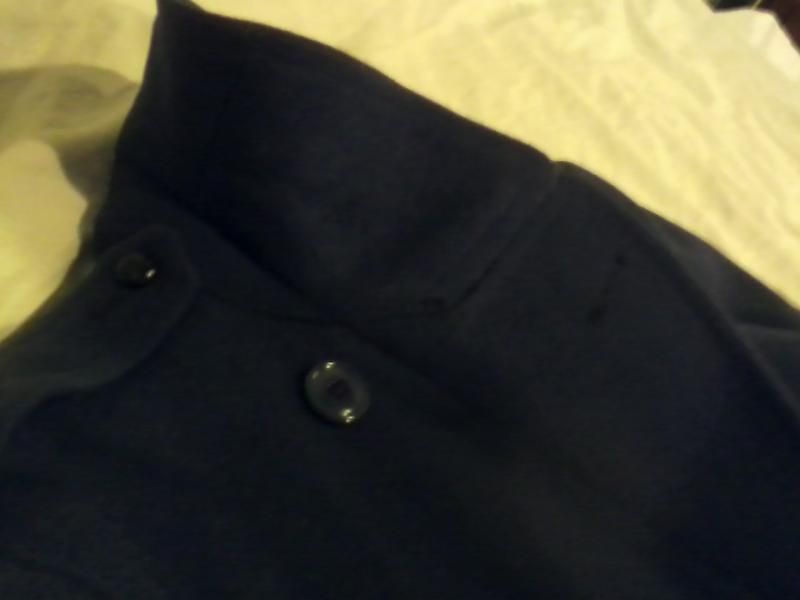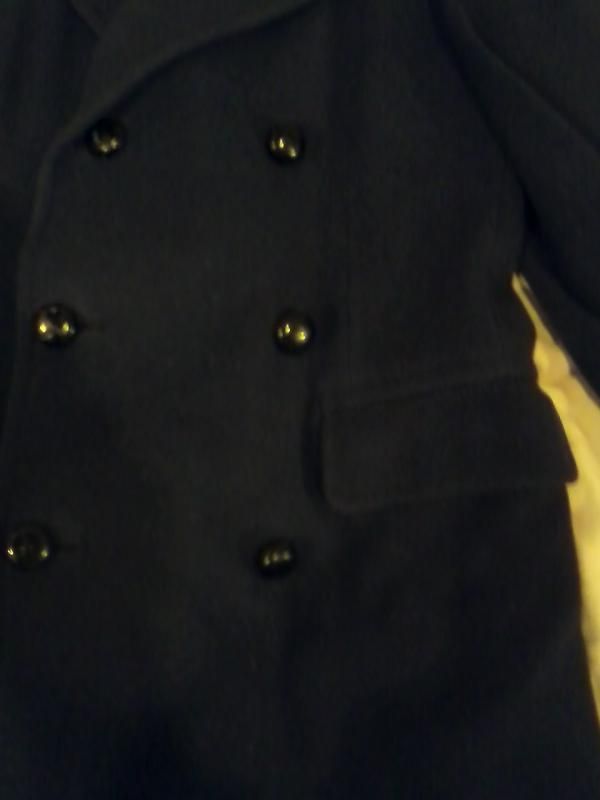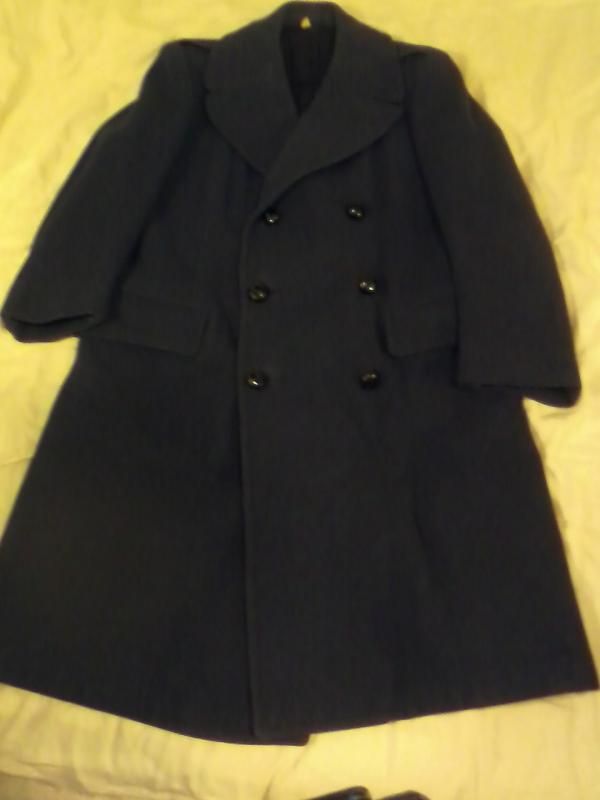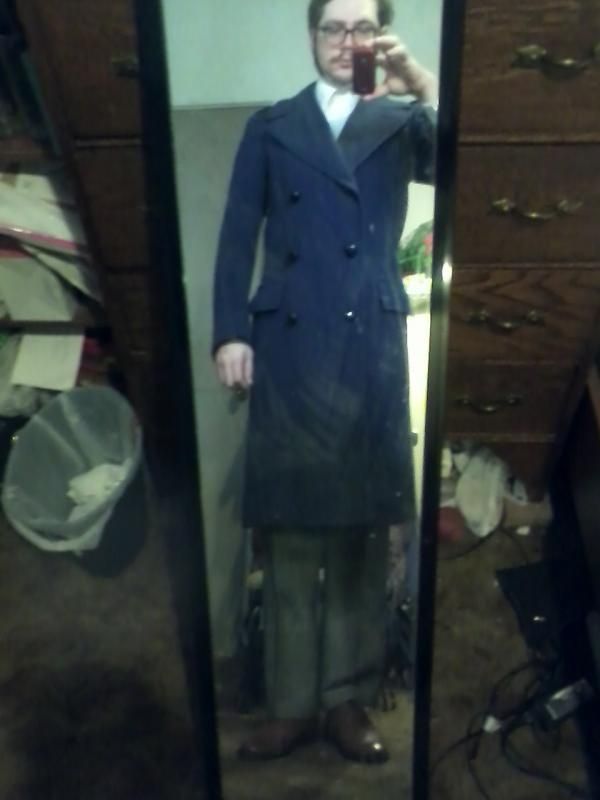- Messages
- 10,562
- Location
- Bozeman, MT
Mid 1930s. Made in the Irish Free State.












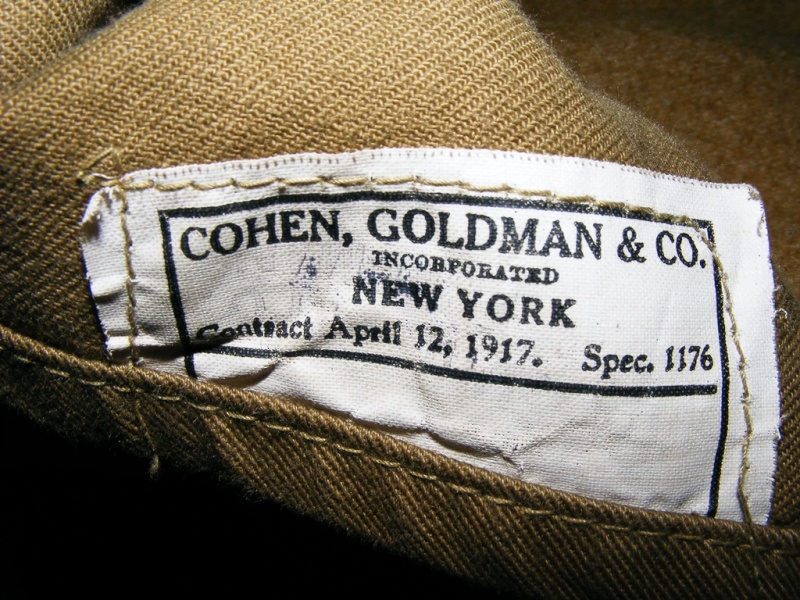
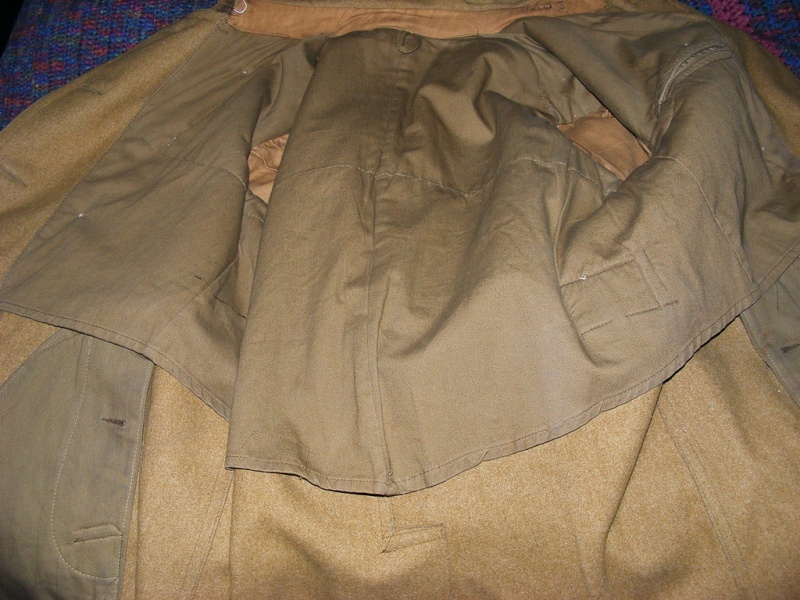
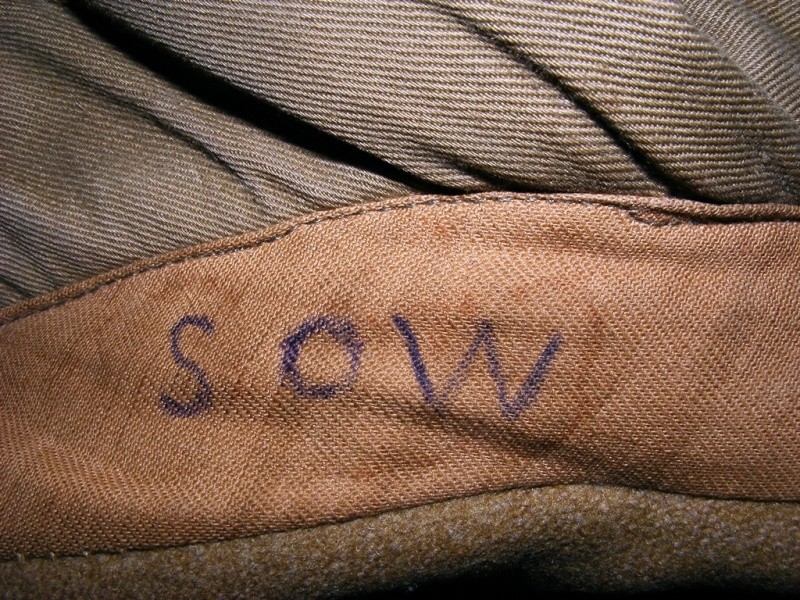
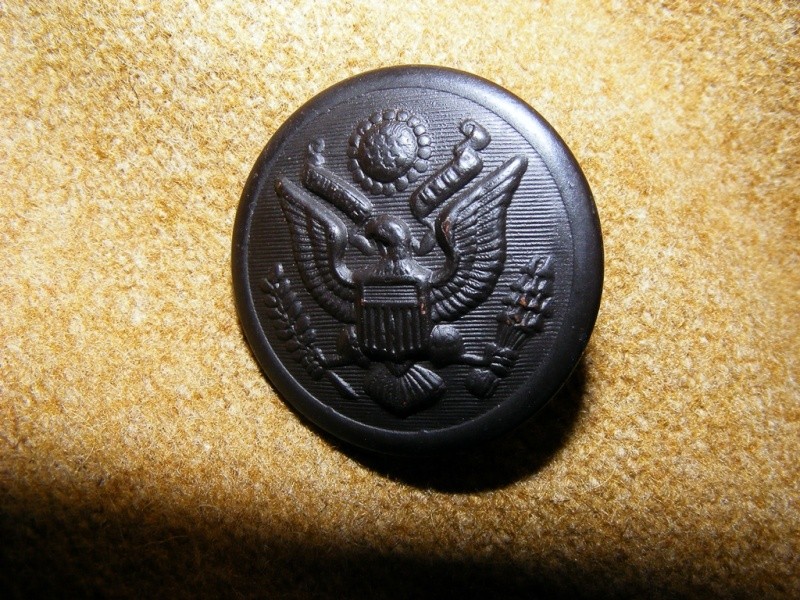
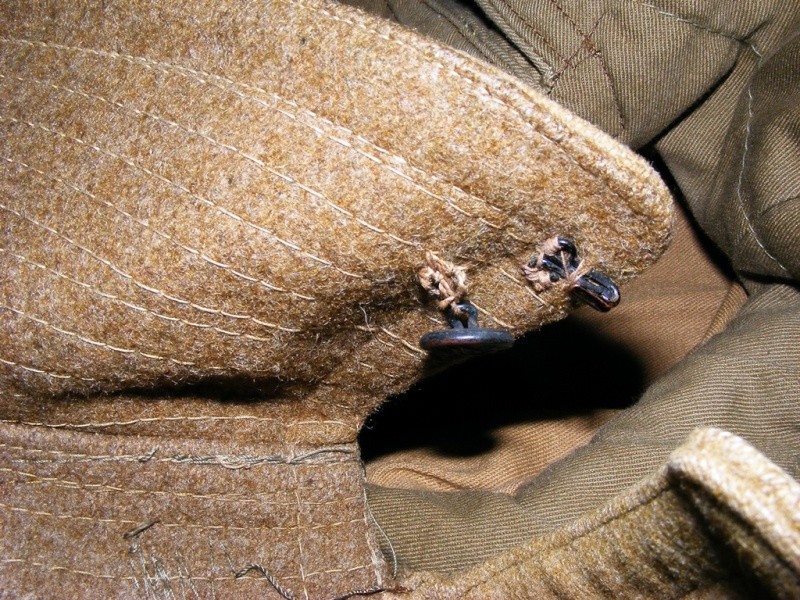

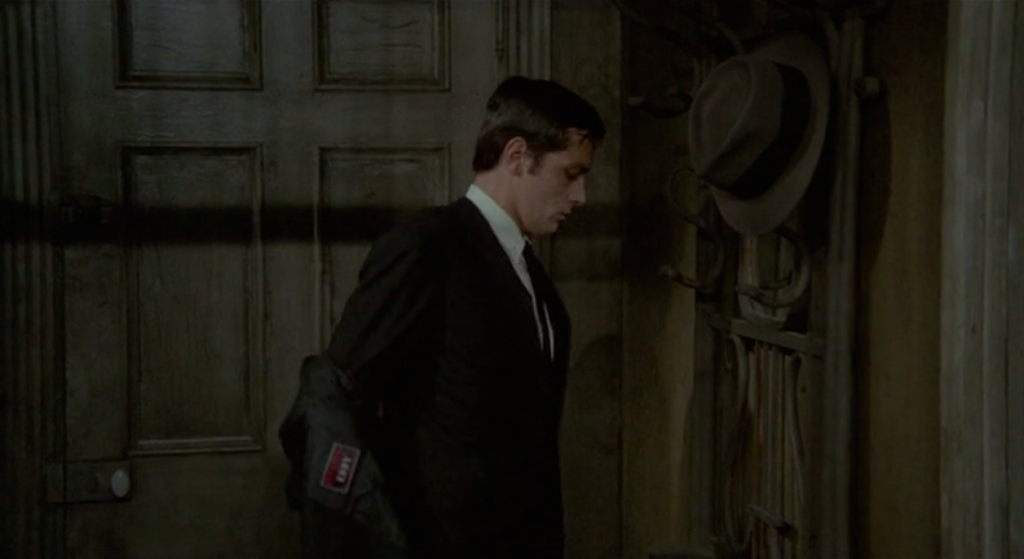



A comparision of military coats to the type made for civilian use is a case of apples and oranges. Kinda like compairing a truck to a car. The differences in cloth and construction do notIt's extraordinarily heavy...........The quality of construction is amaziing and far better than civilian clothing. ......Also, the cloth is a really dense wool, whereas more recent coats seem to be made of a thicker, fuzzier, less refined wool.
1. If differences in cloth and construction do not speak to the quality of the garment, what does?A.C. Lyles said:A comparision of military coats to the type made for civilian use is a case of apples and oranges. Kinda like compairing a truck to a car. The differences in cloth and construction do not speak to the quality of the garment. Having worn both I have found that the characteristics that make a coat ideal for mitary use are far less desirable for civilian wear.
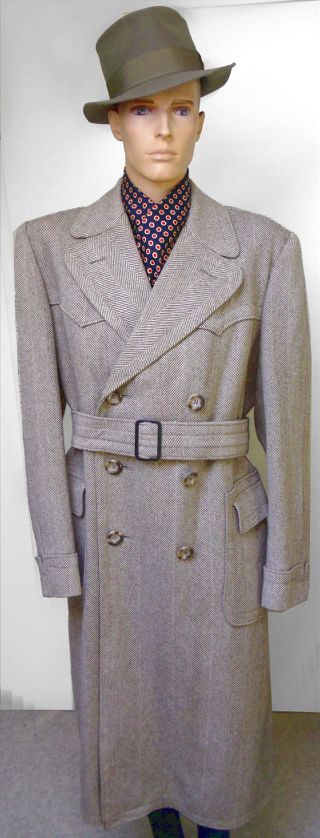
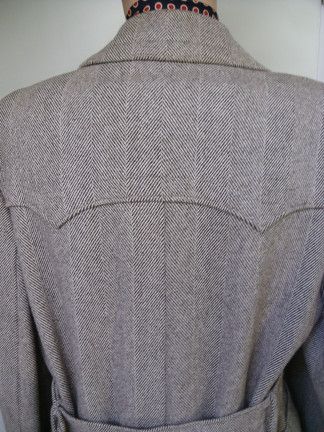
My point is that military coats are different animals and should not be compared to civilian coats. Just as a hand sewn Oxxford camel hair polo coat would not hold up to the rigors of military use, a military coat machine made with coarse, stiff, heavy cloth would be undesirable for civilian use. The characteristics that are a plus for military demands are a negative for civilian use where comfort and style trumps function.1. If differences in cloth and construction do not speak to the quality of the garment, what does?
2. Comparing a heavy wool overcoat issued by the military with a heavy wool overcoat sold in a retail store on Main Street is perfectly valid, at least in ares of the world where weather matters.
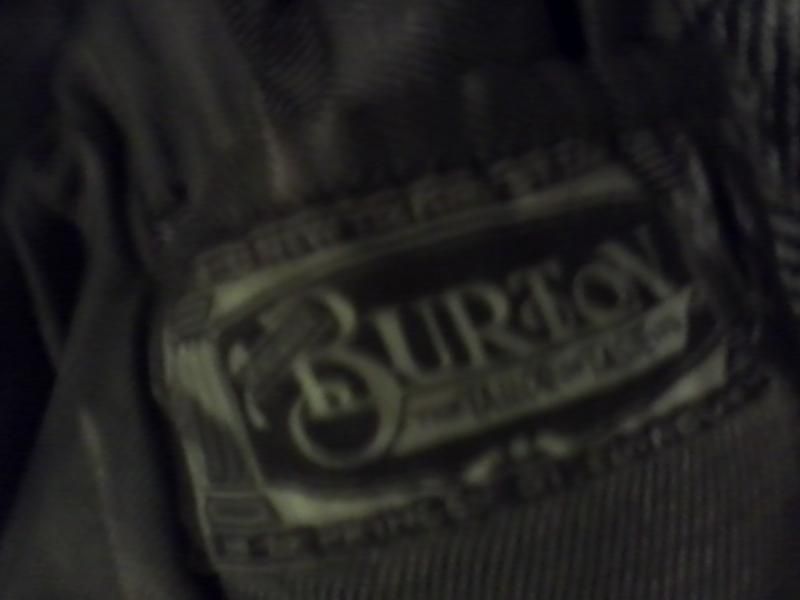
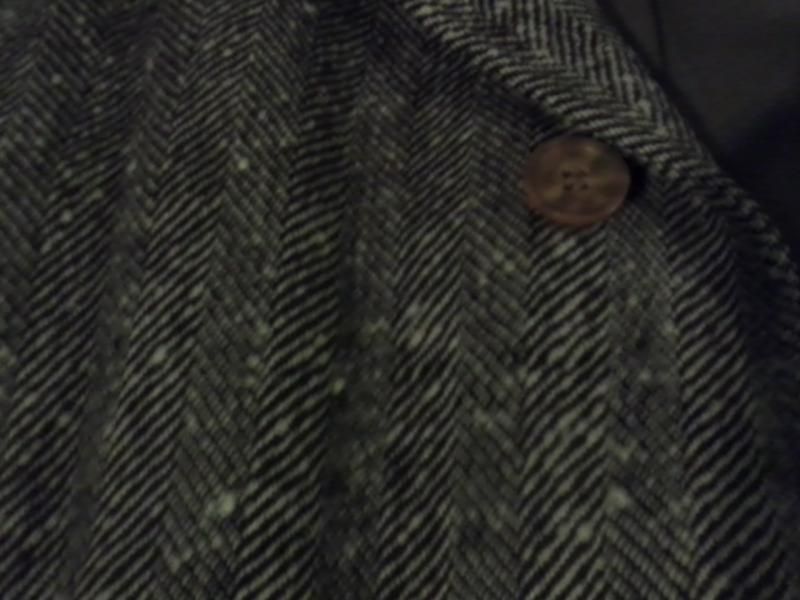
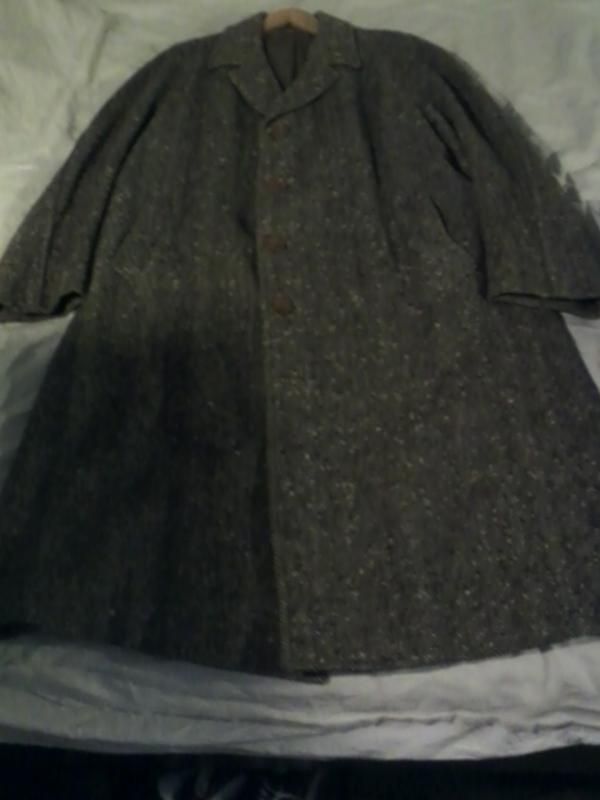
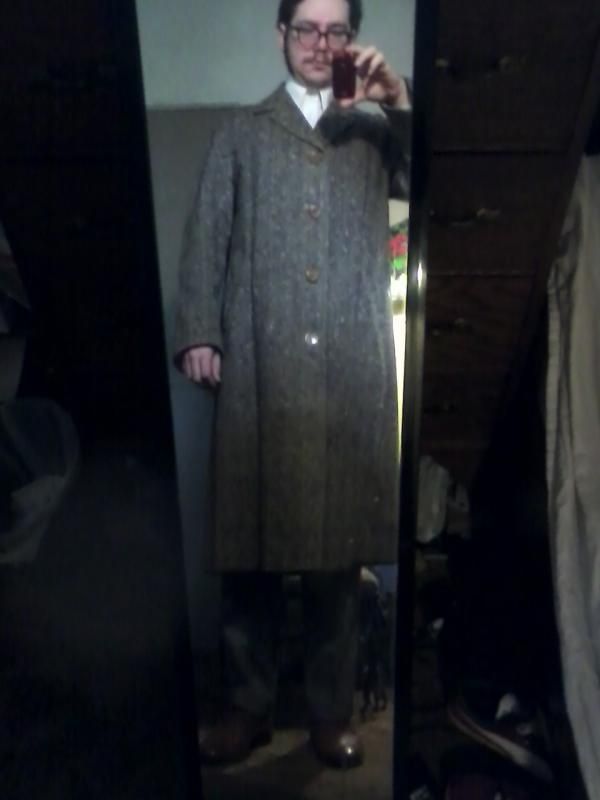
 John Lofgren Monkey Boots Shinki Horsebuttt - $1,136 The classic monkey boot silhouette in an incredibly rich Shinki russet horse leather.
John Lofgren Monkey Boots Shinki Horsebuttt - $1,136 The classic monkey boot silhouette in an incredibly rich Shinki russet horse leather.  Grant Stone Diesel Boot Dark Olive Chromexcel - $395 Goodyear welted, Horween Chromexcel, classic good looks.
Grant Stone Diesel Boot Dark Olive Chromexcel - $395 Goodyear welted, Horween Chromexcel, classic good looks.  Schott 568 Vandals Jacket - $1,250 The classic Perfecto motorcycle jacket, in a very special limited-edition Schott double rider style.
Schott 568 Vandals Jacket - $1,250 The classic Perfecto motorcycle jacket, in a very special limited-edition Schott double rider style. 
